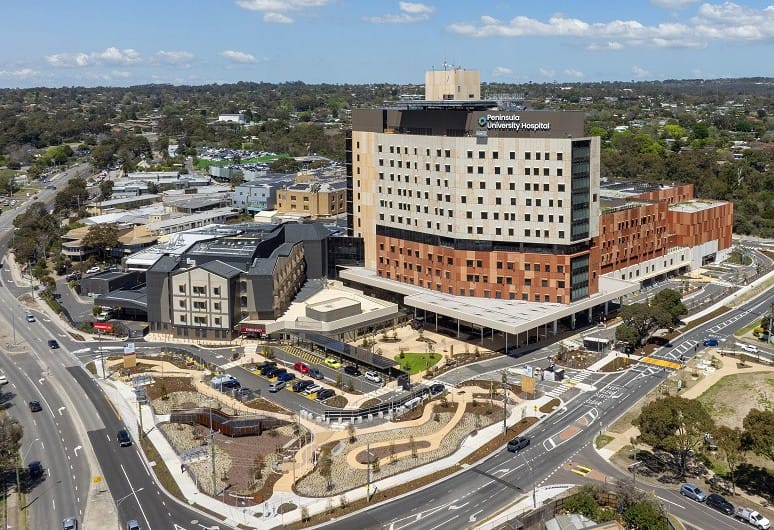Less ‘furloughed’ staff improves ambo response times
PARAMEDICS in South Gippsland saw a vastly improved response time while Bass Coast worsened according to recent data from Ambulance Victoria (AV). The emergency response time data is for January to March 2023, with AV claiming record demand eased...

PARAMEDICS in South Gippsland saw a vastly improved response time while Bass Coast worsened according to recent data from Ambulance Victoria (AV).
The emergency response time data is for January to March 2023, with AV claiming record demand eased for the period.
In the South Gippsland Local Government Area (LGA), paramedics attended 51.7 per cent of Code 1 patients within 15 minutes – up from 43.8 per cent between October and December.
The average response time to Code 1 patients in the South Gippsland LGA was 17 minutes and 33 seconds, an improvement from 19 minutes and seven seconds in the previous quarter but still under the 15-minute target.
In Bass Coast, paramedics attended 56% of Code 1 emergencies within 15 minutes, with an average of 17.15 minutes for 756 incidents.
This is compared to 16.57 minutes in the previous quarter, where they responded to 830 incidents.
Paramedics across Victoria responded to 65.2 per cent of Code 1 cases within the state-wide average target of 15 minutes – up from 60.2 per cent in the previous three months.
The state-wide average response time to Code 1 emergencies was 15 minutes and 20 seconds – an improvement of one minute and 24 seconds.
Ambulance Victoria Gippsland Regional Director Ross Salathiel said ambulance performance improved thanks to reduced demand and fewer staff furloughed due to COVID-19.
Mr Salathiel said along with reduced demand, a drop in staff furloughed due to COVID-19 at Ambulance Victoria, and across the entire health system, made a real difference.
“This helped speed up the handover of patients at hospitals and allowed to us get back on the road quicker to attend more life-threating emergencies,” Mr Salathiel said.
Between January and March, an average of nearly 54 Ambulance Victoria staff were furloughed every day due to COVID-19.
As a wave of COVID-19 eased, the number of staff furloughed decreased from a peak of 112 on January 5, 2023, to a low of 29 on February 21, 2023.
Ambulance Victoria Acting Executive Director Clinical Operations Michael Georgiou said while ambulances are always provided to patients when required, from January to March 37,825 people who did not need an emergency ambulance were instead connected by paramedics and nurses in our Secondary Triage team to more appropriate care.





